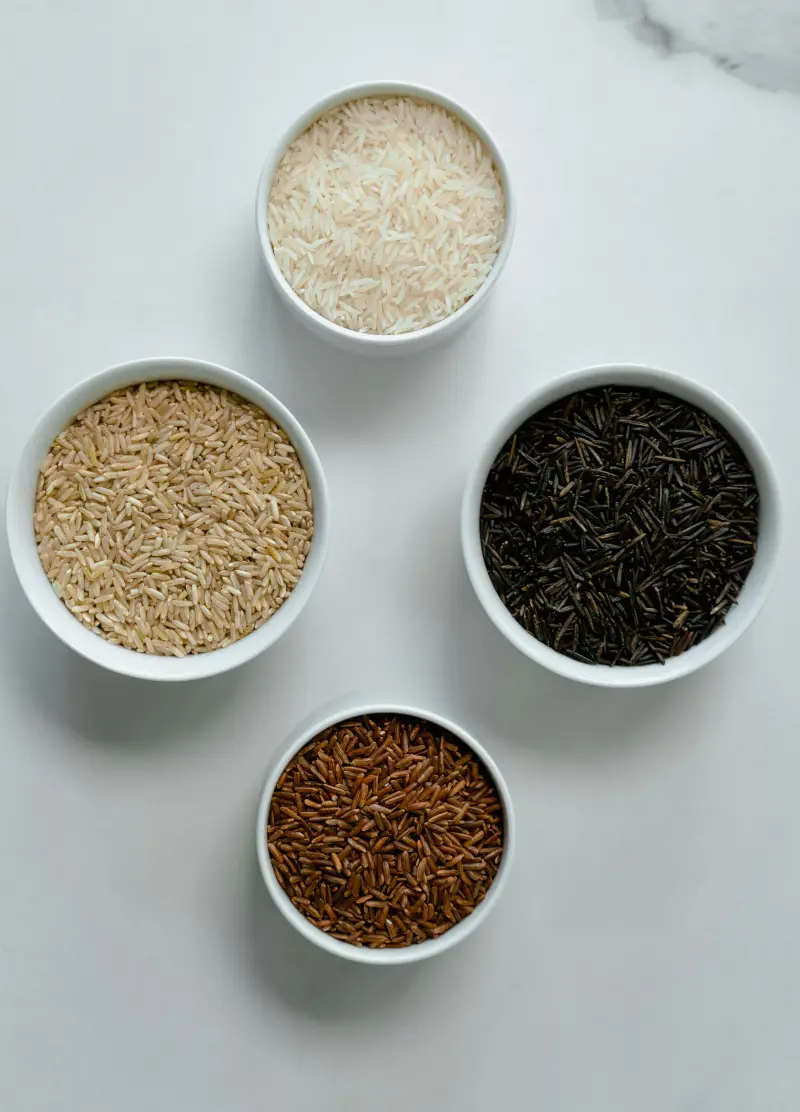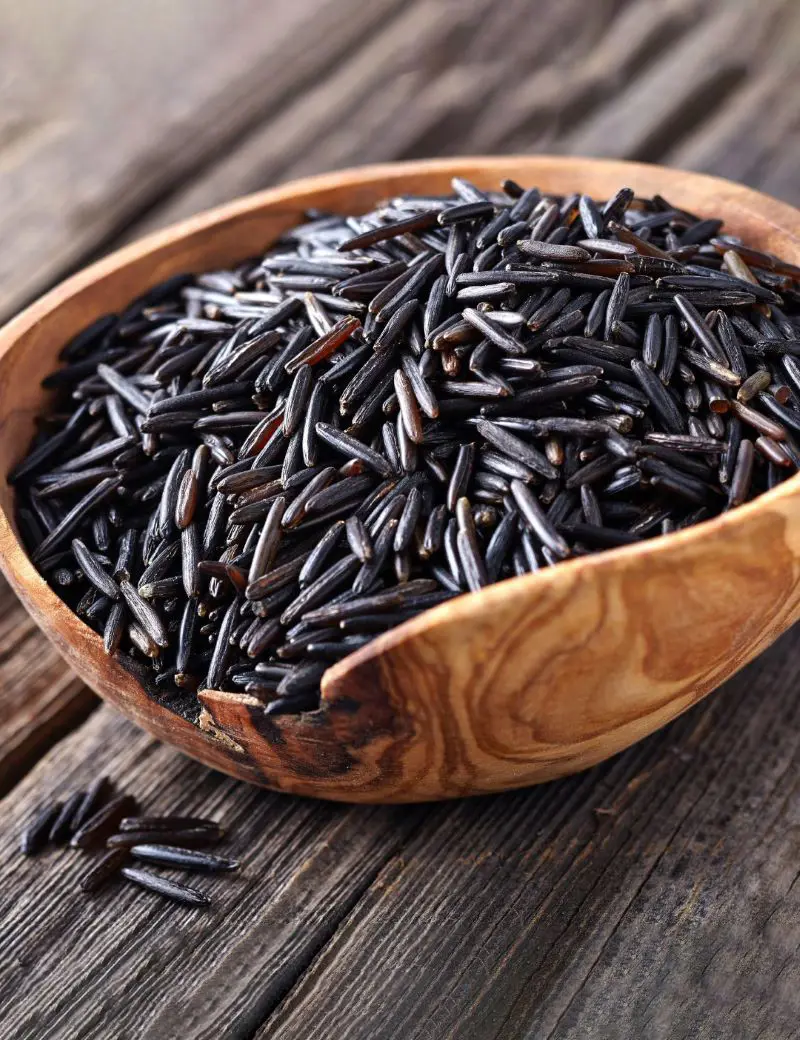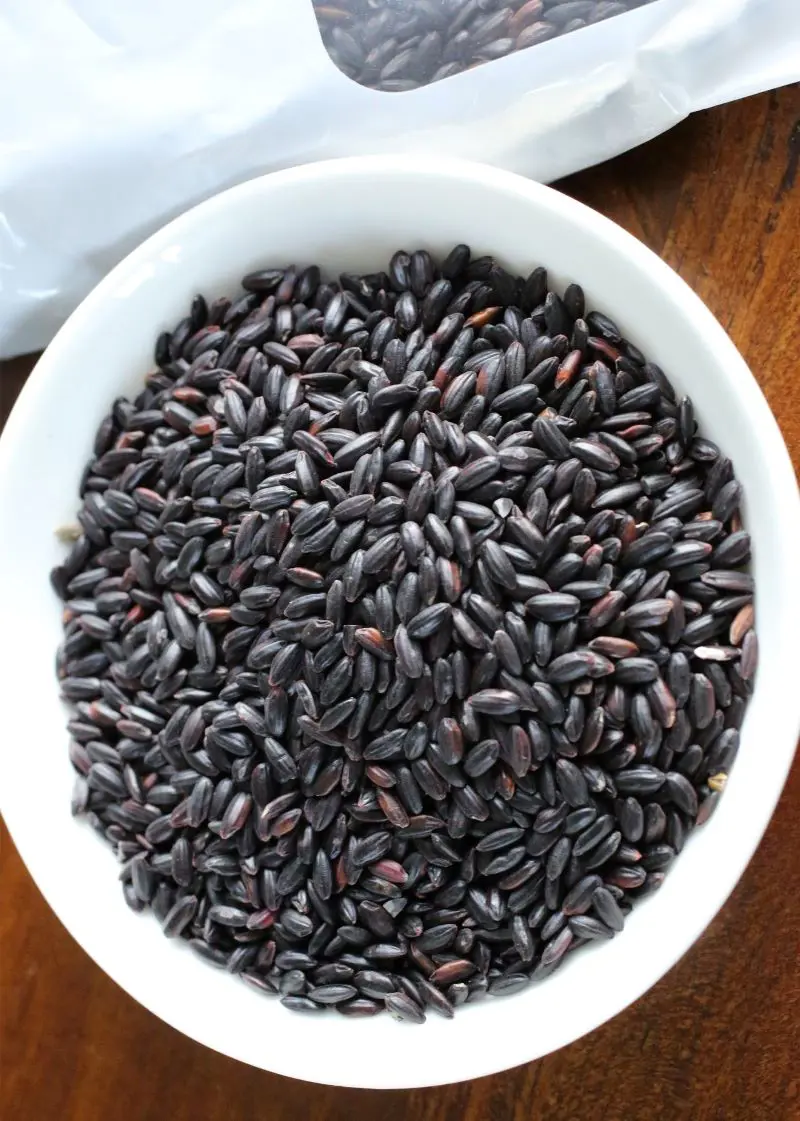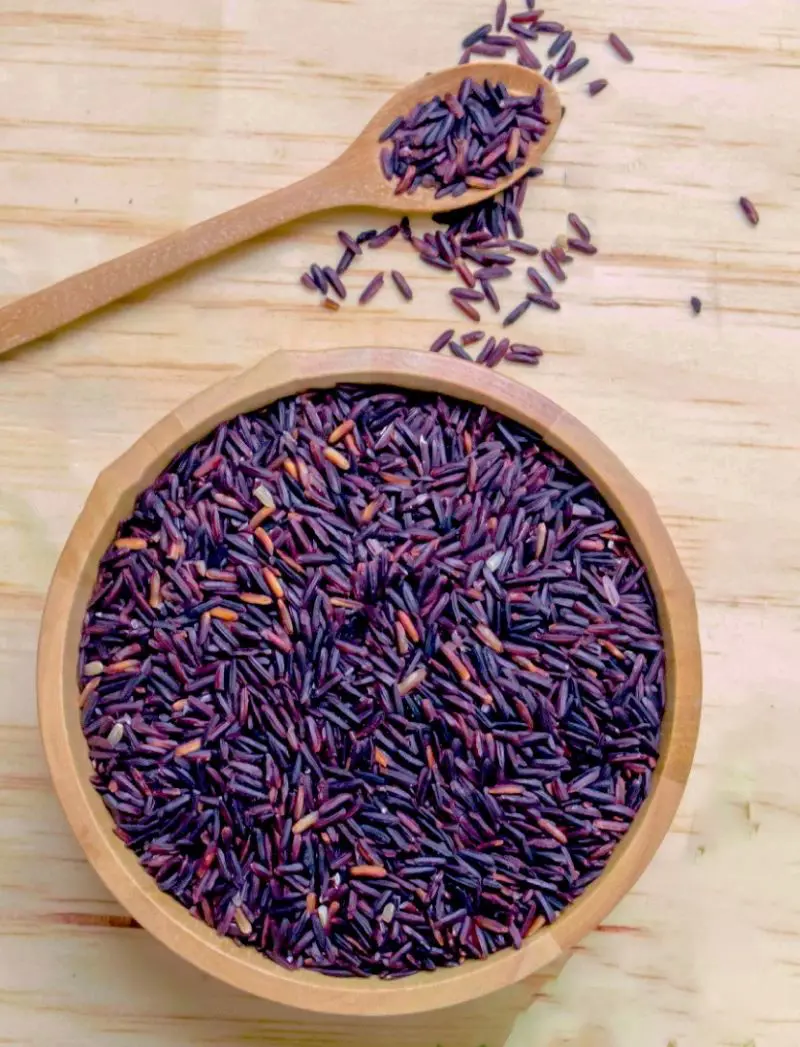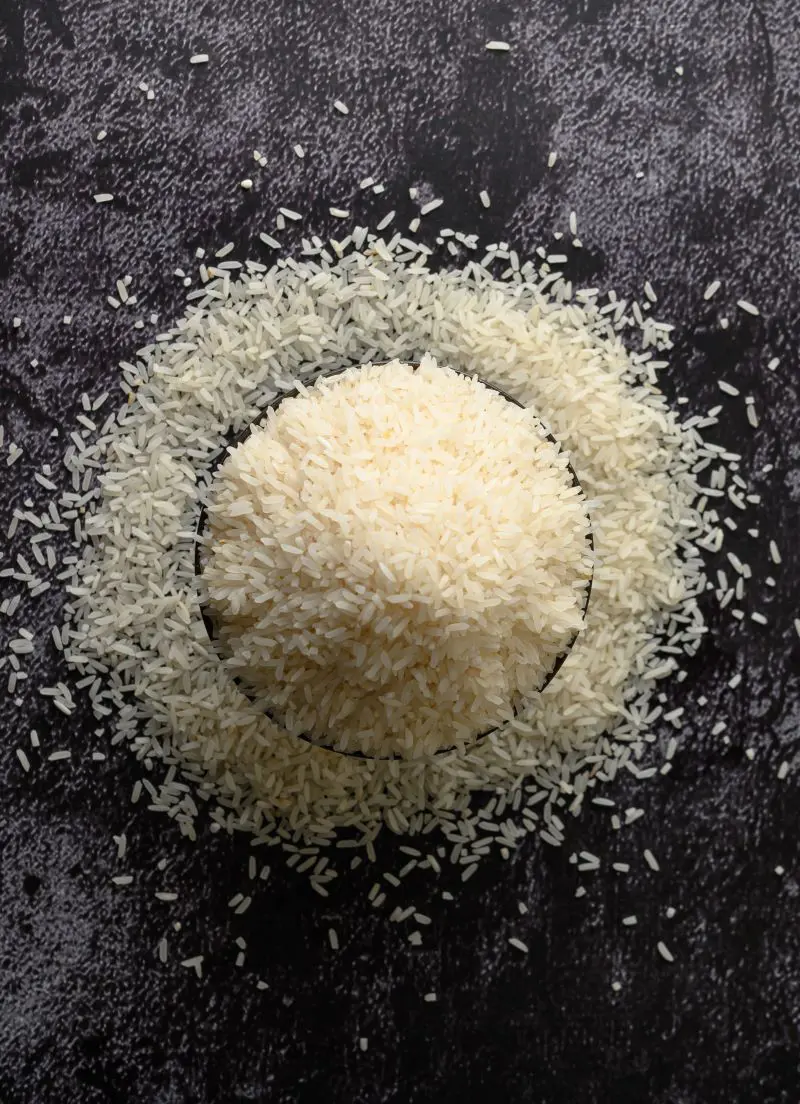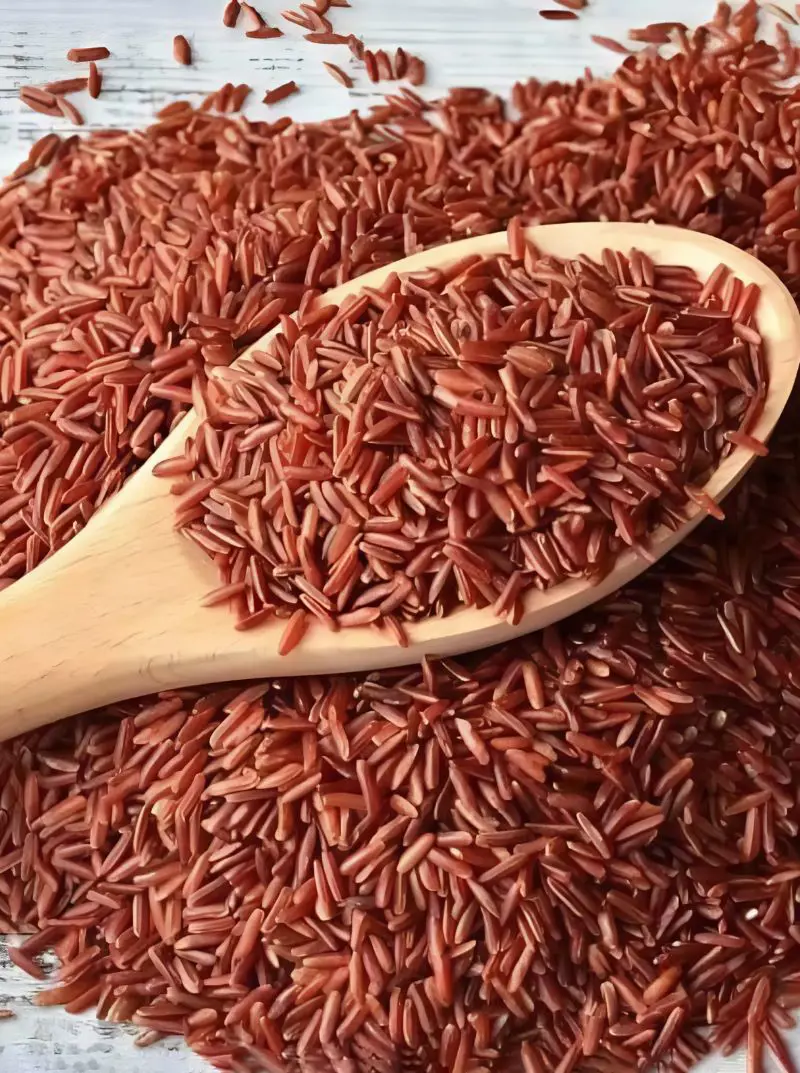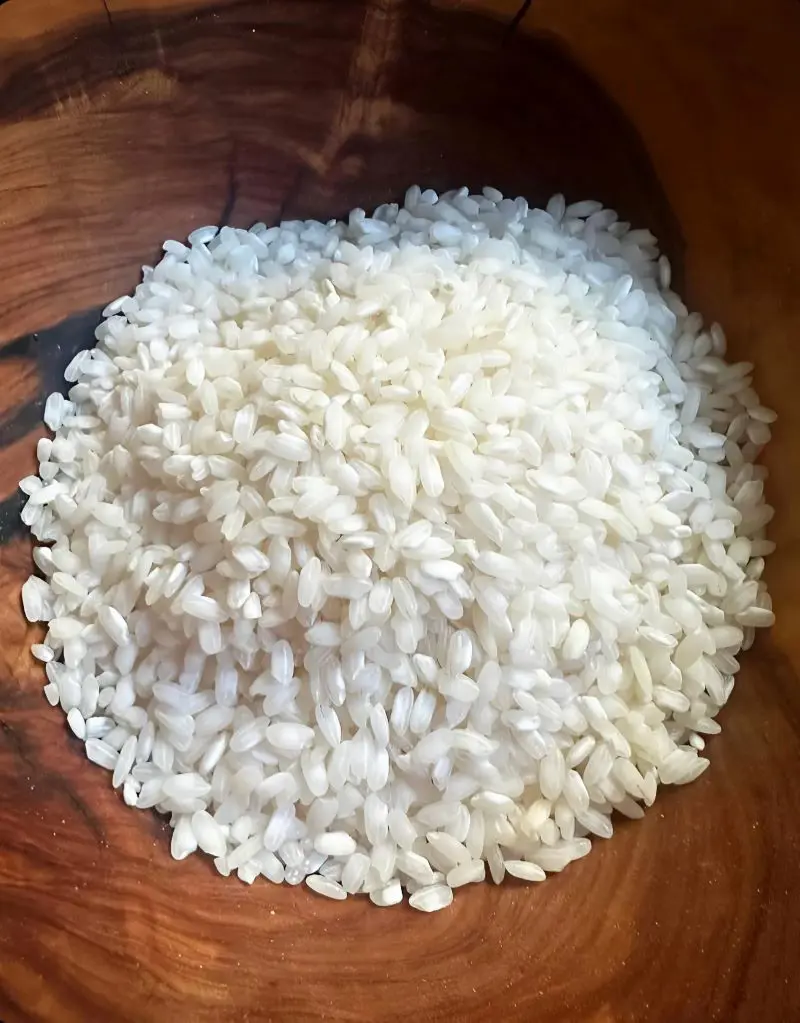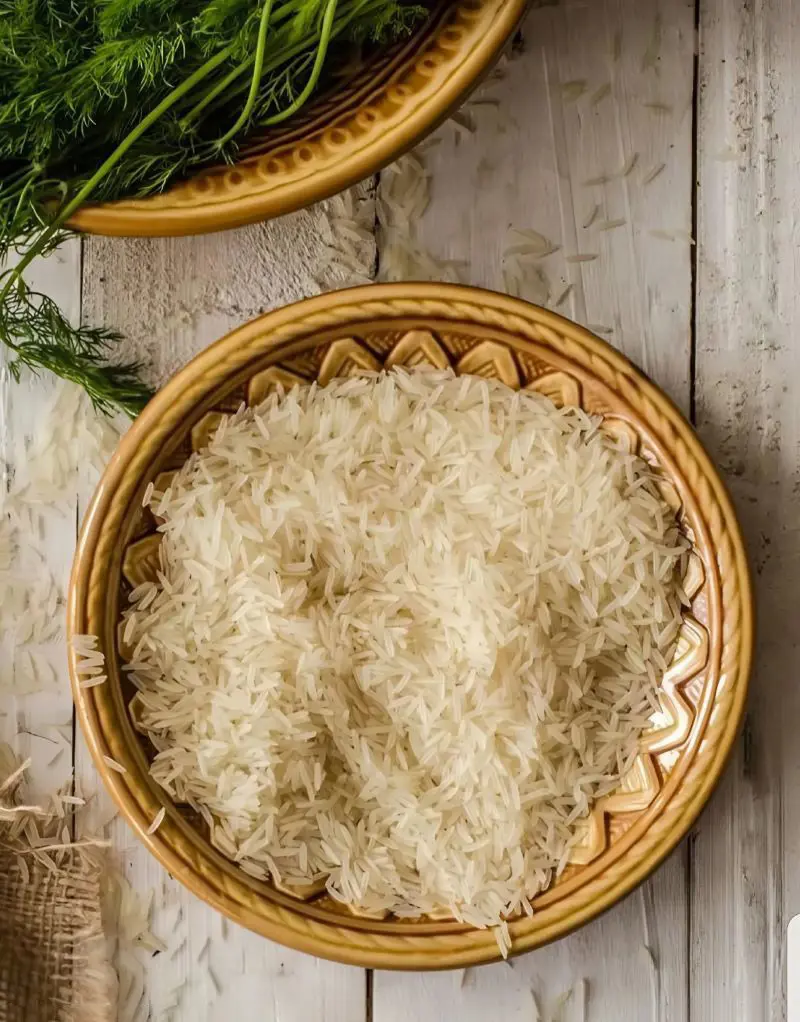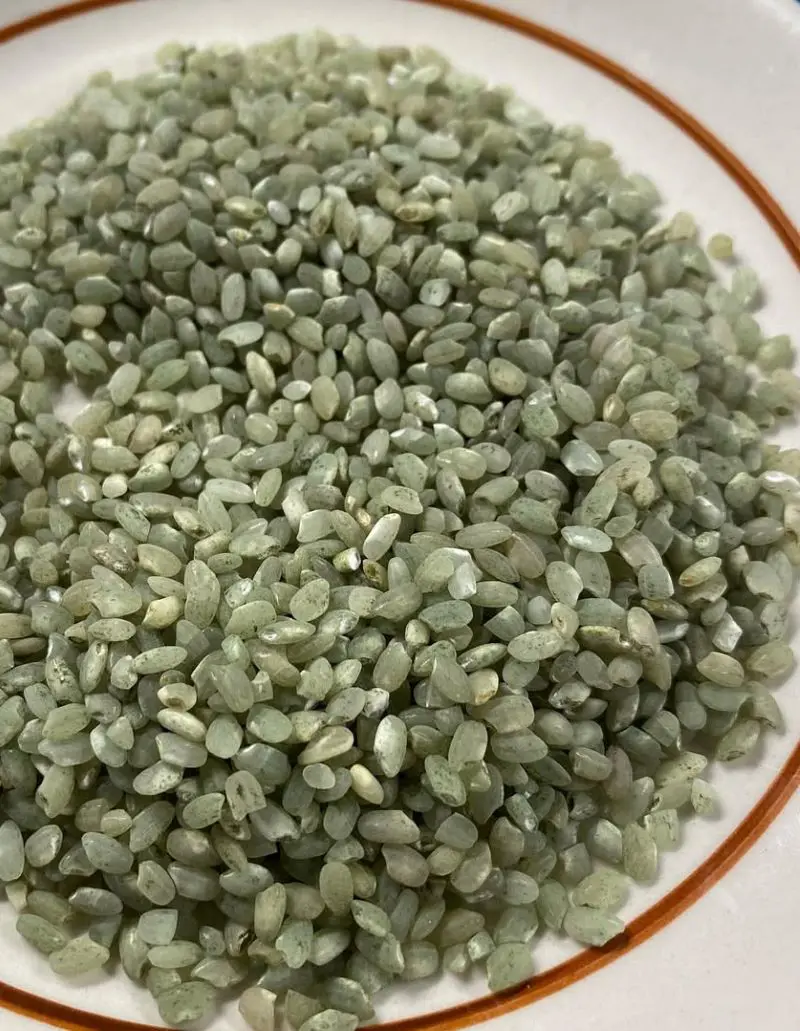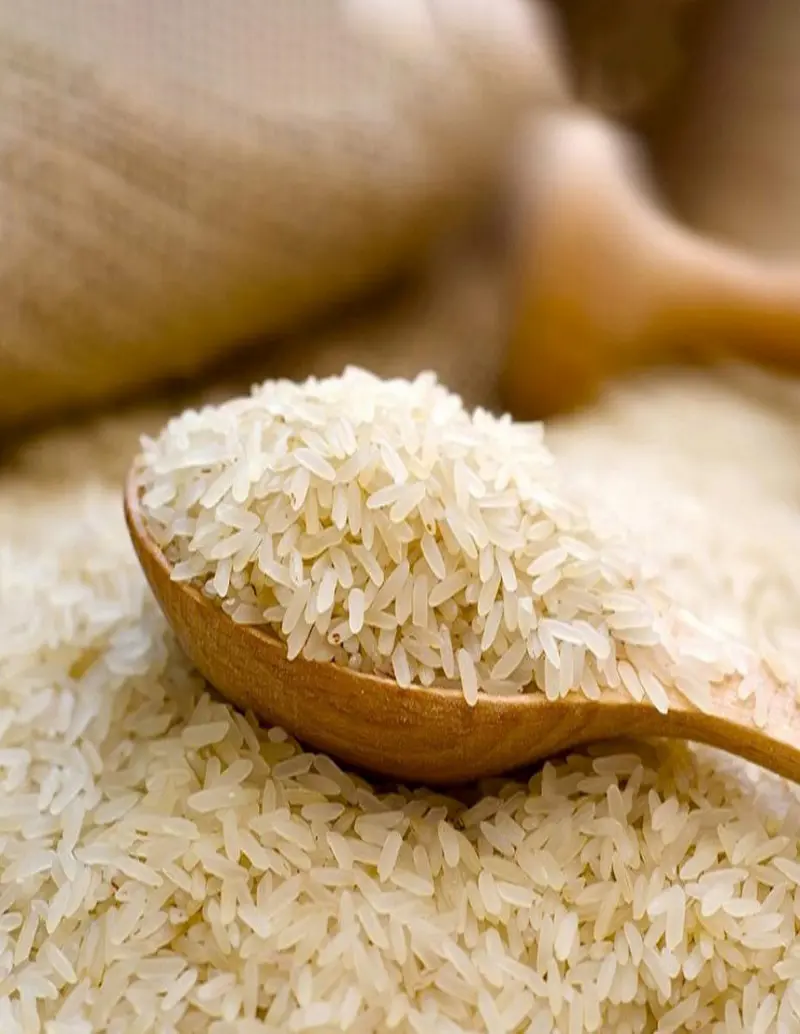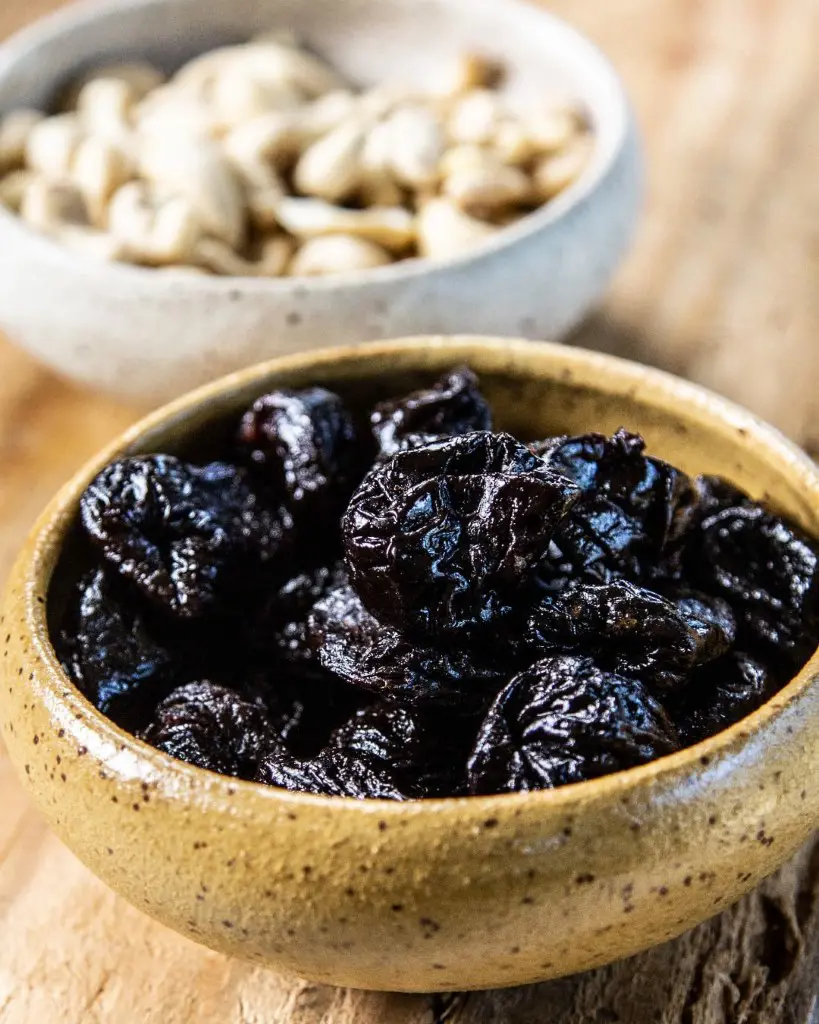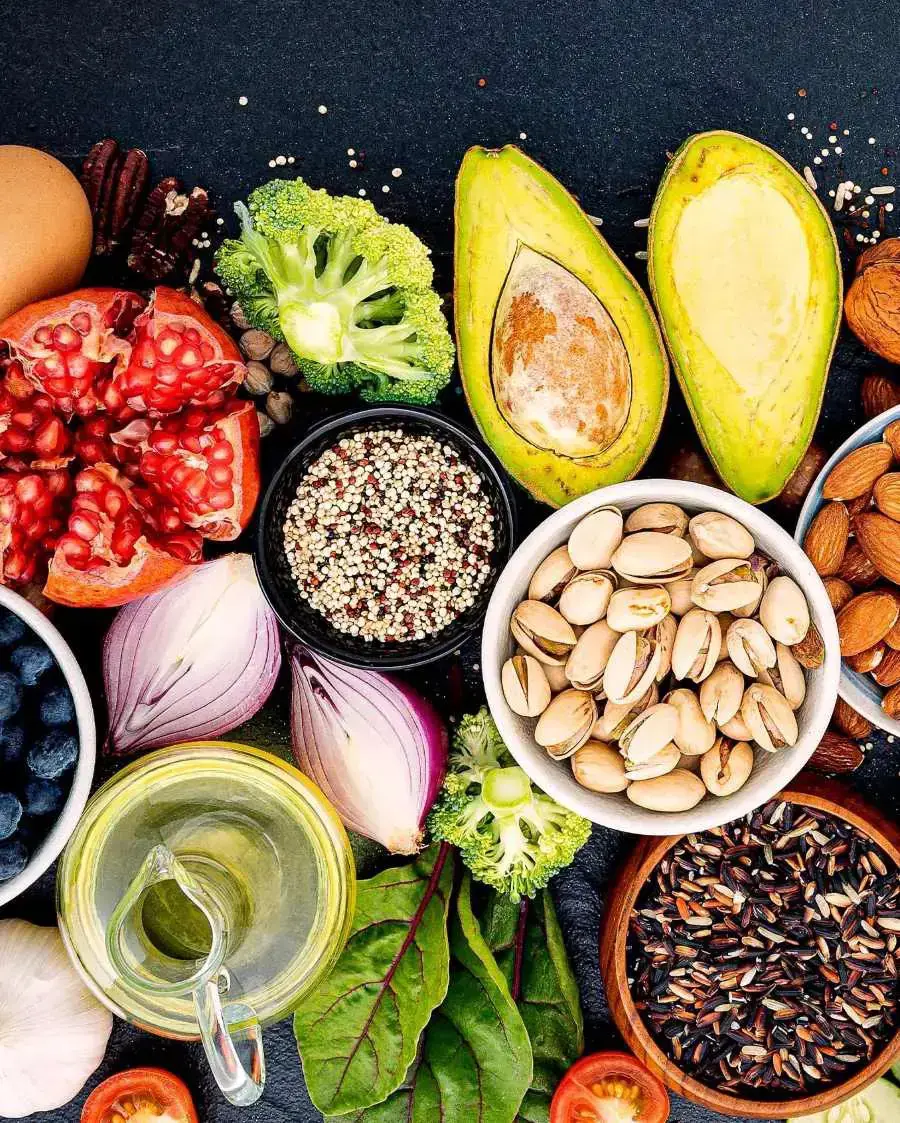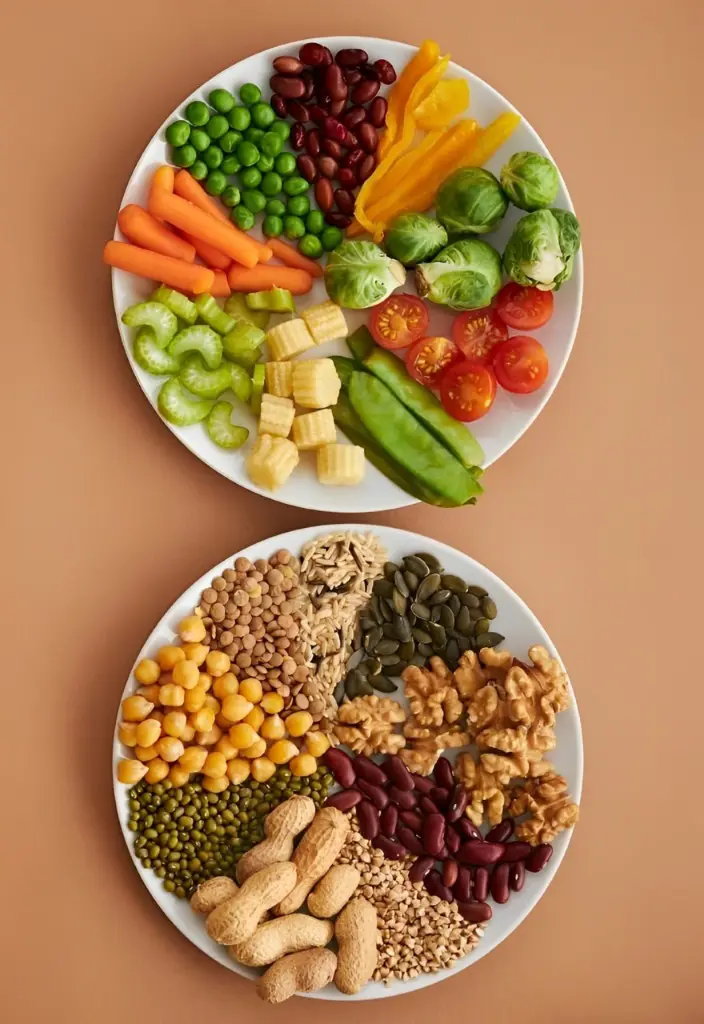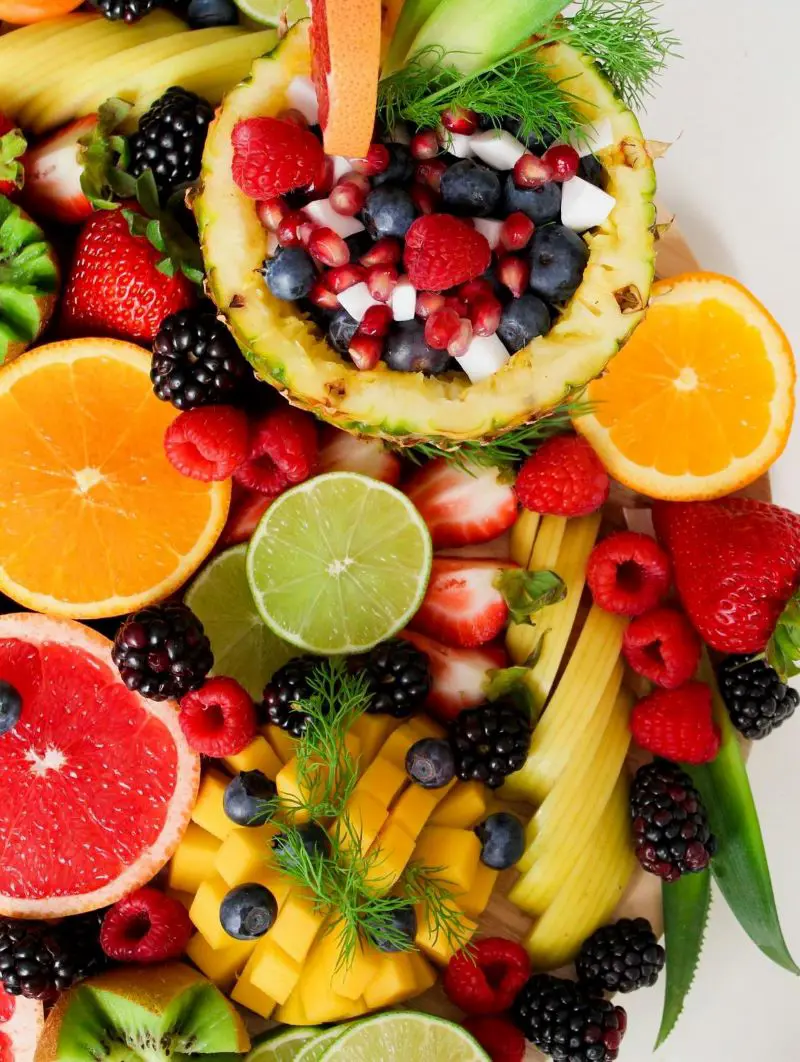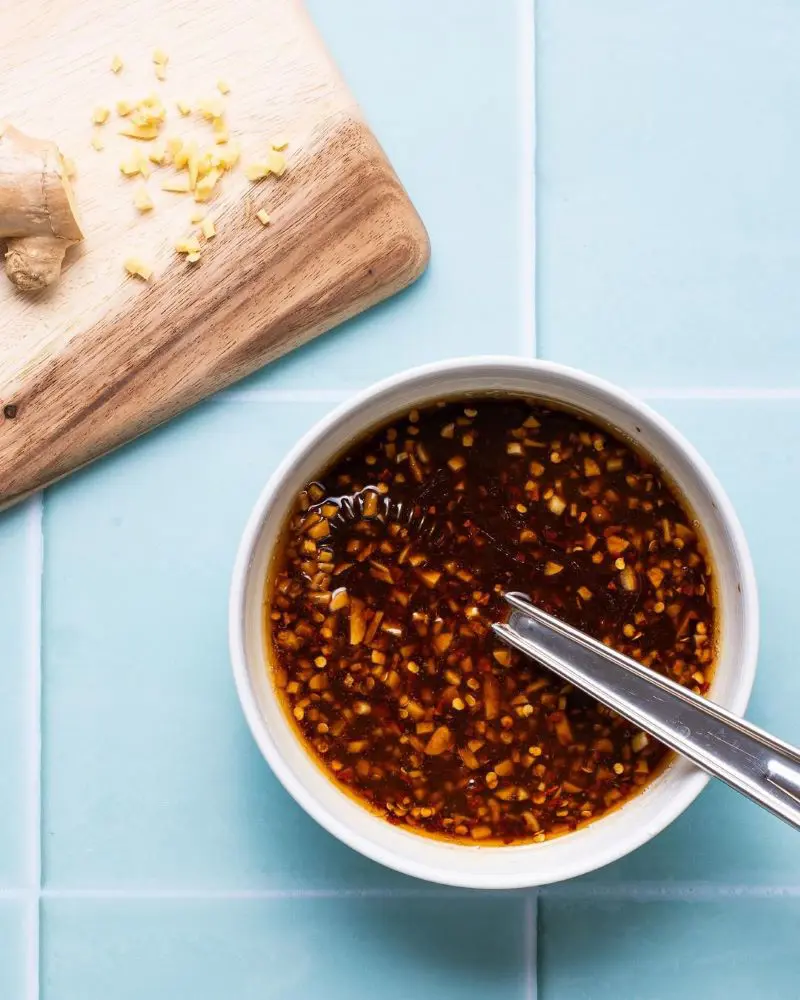1. Brown Rice
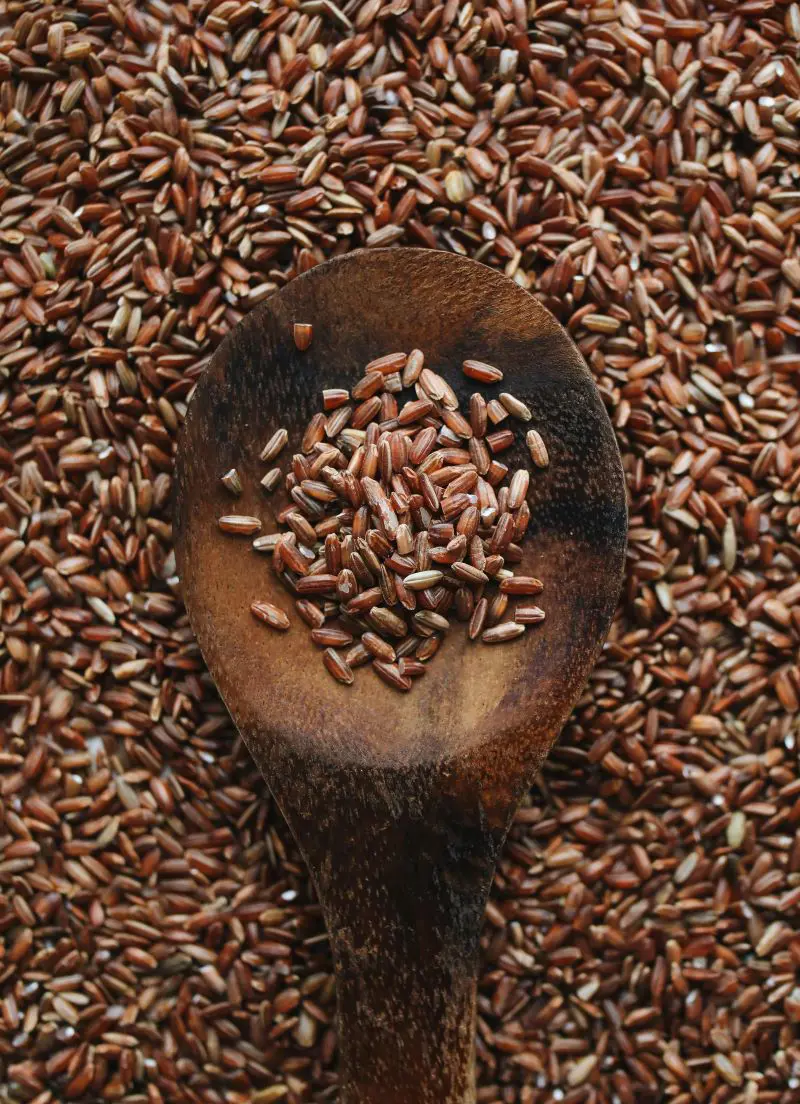
Step into any health food store and you'll spot brown rice on the shelves. With its light tan color and nutty fragrance, this whole grain keeps the natural bran layer that white rice loses in processing.
The bran is not only for display - it is filled with antioxidants called flavonoids (apigenin, quercetin, and luteolin) that guard your body against disease.
Regular bowls of brown rice may decrease your chances of heart issues and certain cancers, thanks to these powerful compounds. People love its hearty, slightly chewy texture in everything from stir-fries to grain bowls.
It does take about 45 minutes to cook, but that extra time delivers more nutrition to your plate.
Just remember - if you're dealing with kidney problems, talk to your doctor first since brown rice contains higher amounts of potassium and phosphorus than white varieties.
This nutritious rice works beautifully in Buddha bowls, paired with roasted vegetables, or as a base for homemade veggie burgers.
